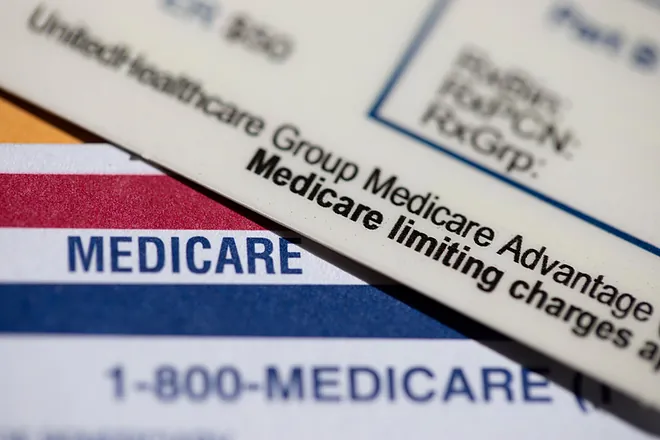For millions of retirees, Medicare Part D is the safety net that keeps prescription drug costs within reach. But by 2026, that net may come with a steeper price tag.
Premiums are projected to rise by as much as $50 per month, according to health policy experts. The increase isn’t tied to one single factor — it’s the result of rising demand for costly medications, reduced federal subsidies, and new rules from the Inflation Reduction Act that change who pays the bill.

1. Drug Demand, Not Prices, Is Driving Costs
U.S. drug spending rose more than 10% in 2024, reports the American Journal of Health-System Pharmacy. Interestingly, this wasn’t because drug prices shot up — many prices actually dipped slightly.
The real driver? More people using newly approved treatments for autoimmune diseases, diabetes, and other chronic conditions. For older Americans, these medicines can be life-changing, but for insurers, they’re expensive to cover — and those costs often get passed down to Medicare Part D enrollees through higher monthly premiums.
2. The Weight-Loss Drug Factor
The surge in Wegovy and Ozempic prescriptions adds complexity. Medicare generally doesn’t cover drugs prescribed strictly for weight loss, but these medications are also FDA-approved for type 2 diabetes — one of the most common health issues among seniors.
When prescribed for diabetes, they fall under coverage, and off-label use for weight management is growing. If a proposed federal pilot program expands Medicare access to weight-loss drugs in 2027, insurers could see another major cost spike.
3. The $2,000 Out-of-Pocket Cap Changes the Game
Under the Inflation Reduction Act, a $2,000 annual cap on out-of-pocket prescription costs took effect this year. For patients, it’s a huge relief — before the change, some seniors paid $10,000 or more annually for a single medication.
The flip side? Once patients hit that cap, insurers cover the rest. That’s a major new expense for them, which increases the pressure to raise premiums.
4. Federal Subsidies Are Shrinking
In 2025, a $6 billion stabilization fund temporarily eased financial strain for Part D insurers and kept average premiums lower. But starting in 2026, the Trump administration plans to cut that support by 40%. Without that cushion, insurers are expected to pass the cost difference onto enrollees.
5. How Seniors Can Avoid Overpaying
With Medicare Open Enrollment starting October 15, experts warn that the biggest mistake is sticking with the same plan without reviewing changes. Drug formularies, premiums, and coverage rules shift every year.
Tips for 2026 enrollment:
- Compare plans annually on the official Medicare Plan Finder.
- Check your medication list against each plan’s formulary.
- Watch for tier changes — a drug moving from Tier 2 to Tier 3 can sharply increase costs.
- Factor in total annual costs, not just the monthly premium.
“The plans change every year — and so do people’s medical needs,” says Stacie Dusetzina, a health policy professor at Vanderbilt University Medical Center. “Everyone should shop plans in open enrollment.”
Projected 2026 Medicare Part D Costs
(Estimates based on current policy changes and industry forecasts)
| Cost Factor | 2025 Average | 2026 Projected | Notes |
|---|---|---|---|
| Monthly Premium | $34–$45 | $50–$95 | Higher costs driven by expensive new drugs and reduced subsidies |
| Annual Out-of-Pocket Cap | $2,000 | $2,000 | Cap remains, but insurers absorb costs after threshold |
| Specialty Drug Coinsurance | 25%–33% | 30%–40% | May vary by plan; high-cost drugs most affected |
| Federal Subsidy Support | $6 billion fund in place | 40% cut to stabilization fund | Leads to direct premium increases |
| Weight-Loss/Diabetes Drugs | Limited coverage | Expanded prescriptions | Potential coverage expansion by 2027 could raise costs further |
Between rising drug demand, fewer subsidies, and new cost-sharing rules, Medicare Part D premiums are poised to climb in 2026. Seniors who actively review and compare plans will be in the best position to minimize those increases.






